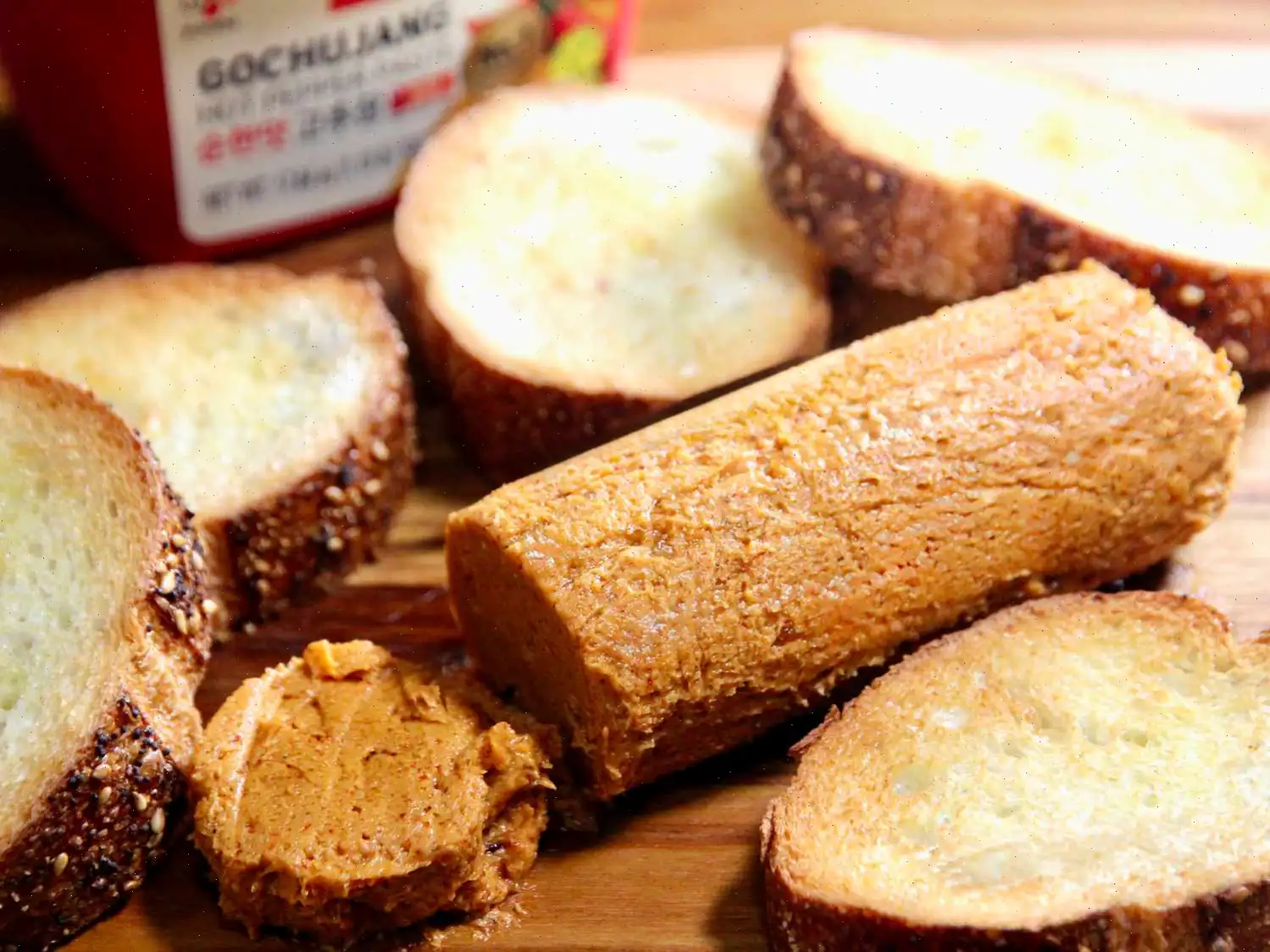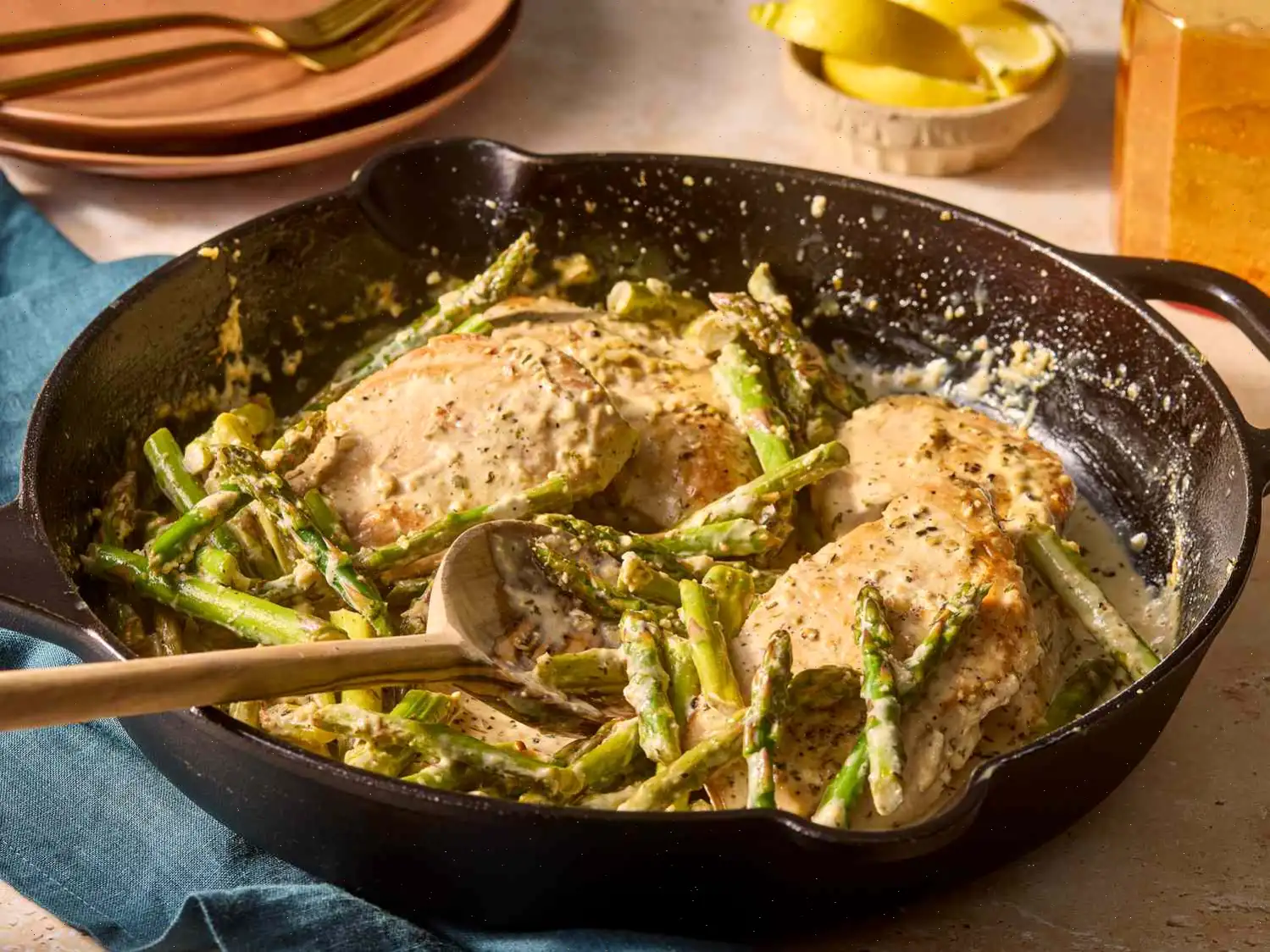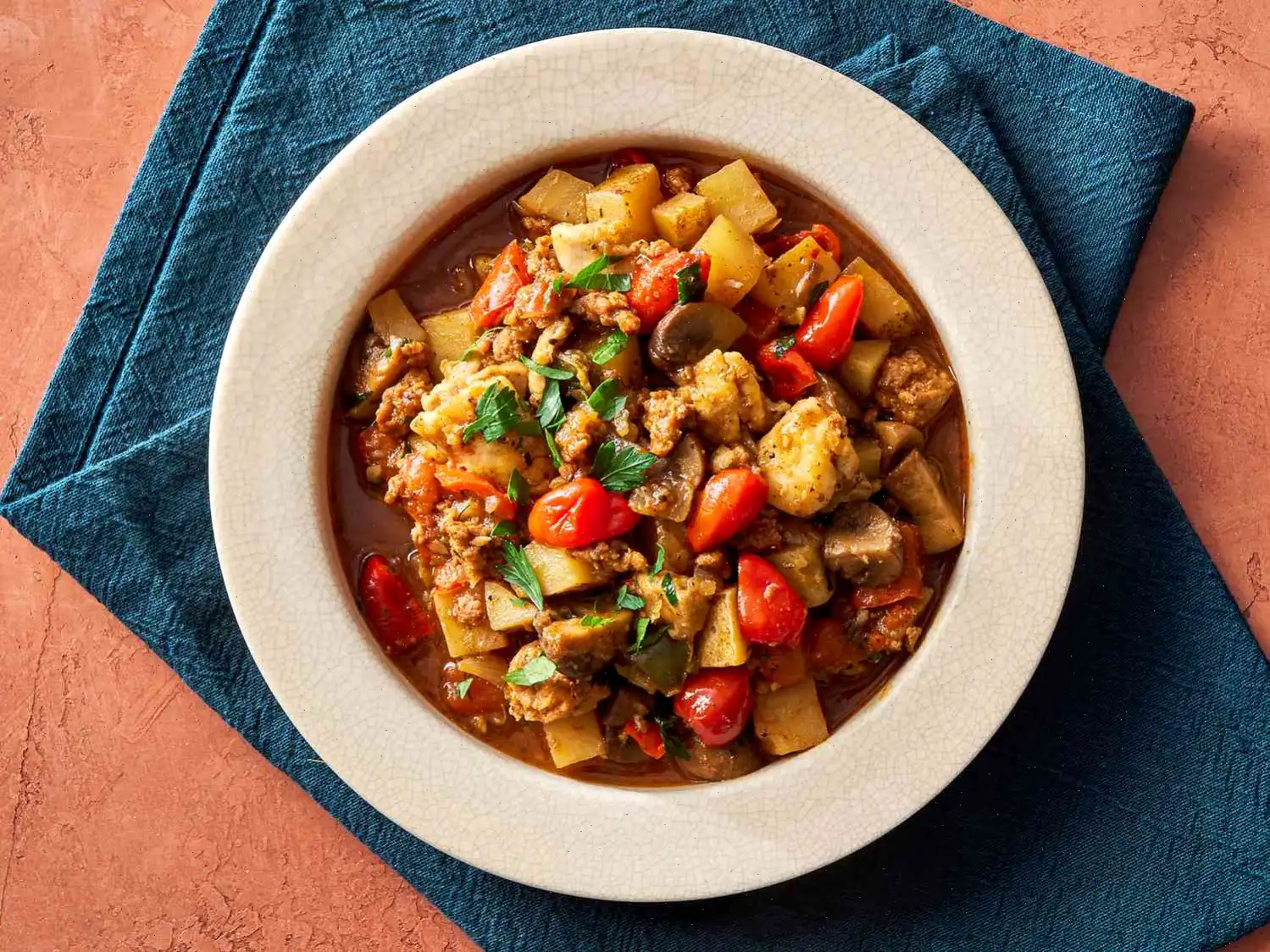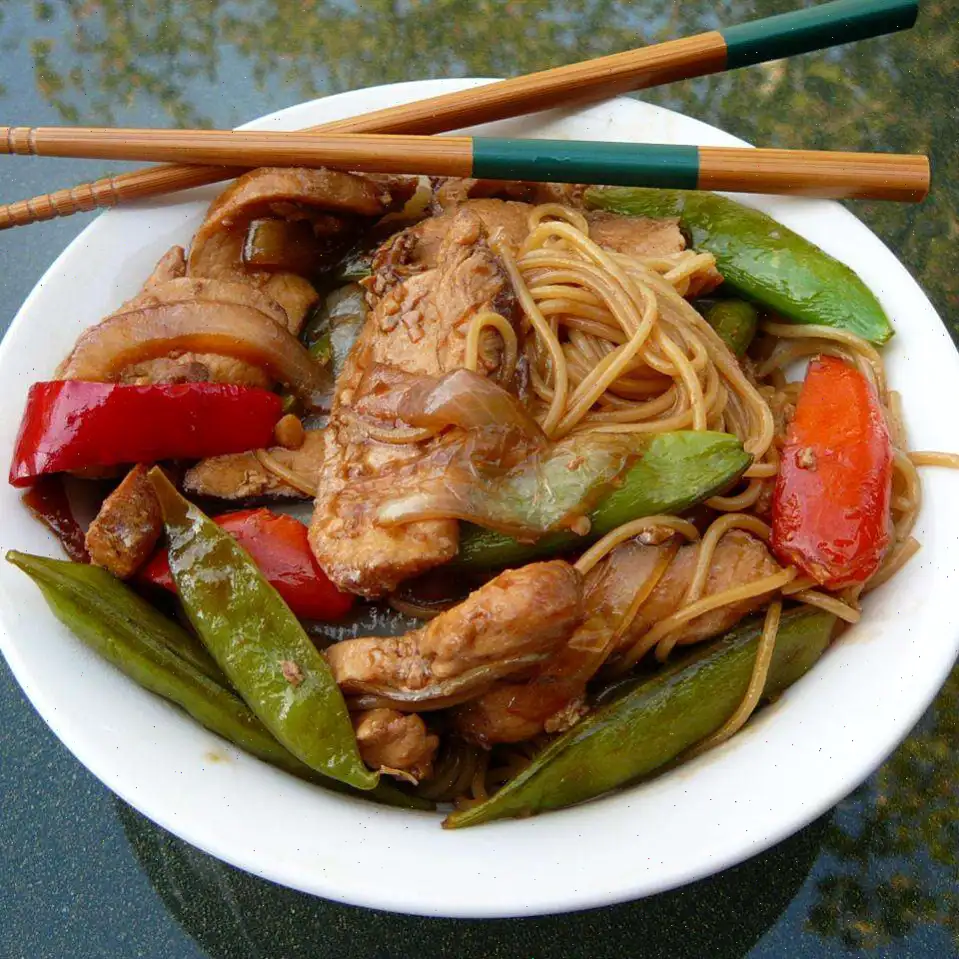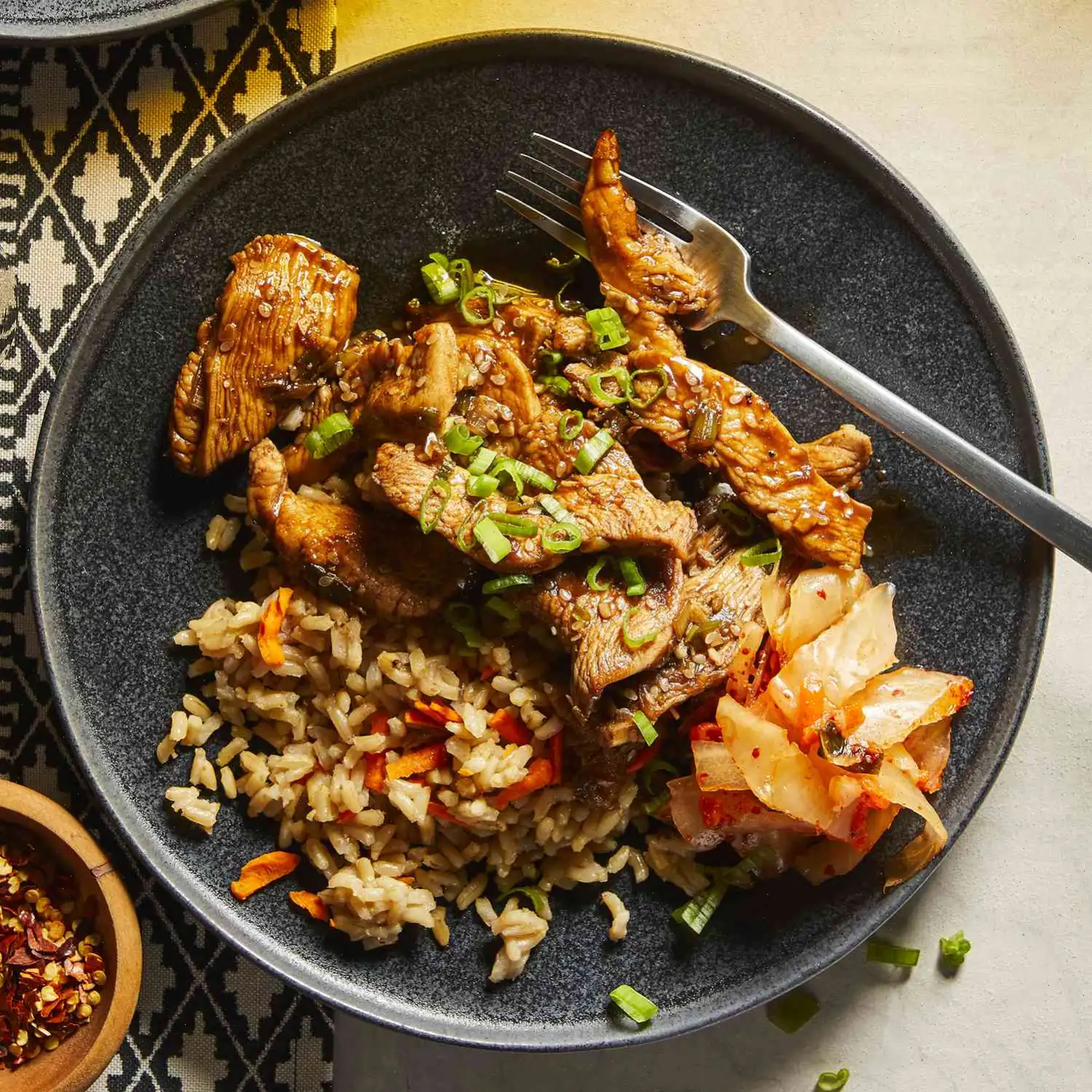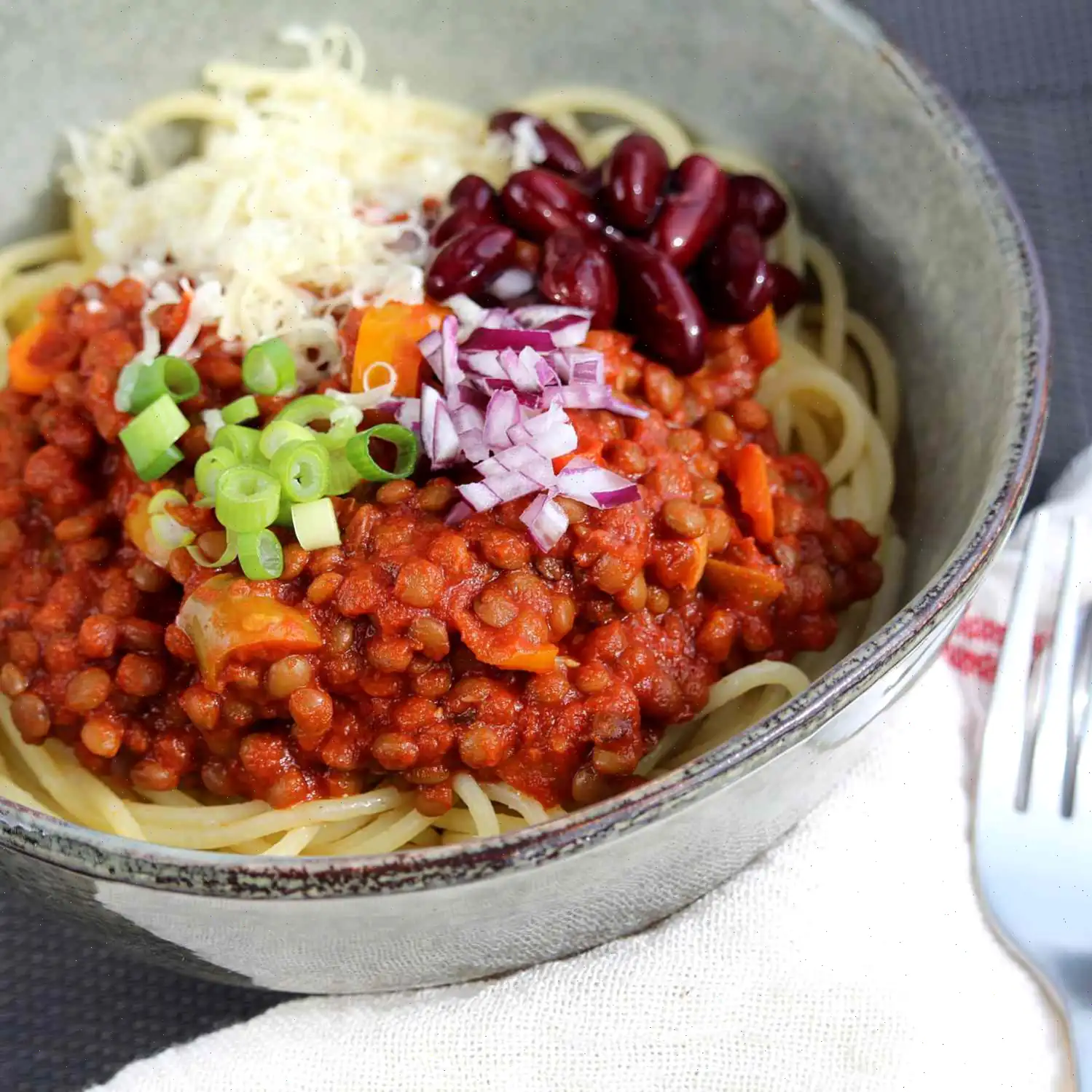
Gochujang Butter Recipe
Ingredients
This recipe was originally designed to yield 8 servings. Quantities below are for the original recipe. Cooking times and steps remain the same even if you adjust the amounts.
- 1/2 cup unsalted butter, softened to room temperature
- 1 1/2 tablespoons gochujang paste, adjust to taste
- 1 teaspoon sesame oil
- 1 teaspoon freshly squeezed lemon juice
- 1 teaspoon honey
- 2 cloves garlic, pressed or finely grated
- 1/4 teaspoon salt, or to taste
Directions
- In a small bowl, combine the butter, gochujang, sesame oil, lemon juice, honey, garlic, and salt. Mash the mixture with a fork or small whisk until smooth and fully incorporated.
- Lay a piece of plastic wrap on your work surface. Spread the spiced butter along the center of the wrap.
- Roll the butter into a log shape, gently shaping it as you go. Twist the ends of the wrap to seal the log.
- Refrigerate the butter for at least 1 hour. This allows it to firm up and for the flavors to meld beautifully.
Cooks Note: Gochujang paste varies in spiciness from mild to very hot. Check the packaging, as many brands indicate heat on a 1-to-5 scale.
Nutrition Facts (per serving)
- Calories: 121
- Fat: 12g (16% DV)
- Saturated Fat: 7g (36% DV)
- Cholesterol: 31mg (10% DV)
- Sodium: 236mg (10% DV)
- Carbohydrates: 3g (1% DV)
- Dietary Fiber: 0g (0% DV)
- Sugars: 3g
- Protein: 0g (1% DV)
- Vitamin C: 1mg (1% DV)
- Calcium: 5mg (0% DV)
- Iron: 0mg (0% DV)
- Potassium: 9mg (0% DV)
Percent Daily Values are based on a 2,000-calorie diet. Individual needs may vary. Nutrient data may be incomplete. Consult a healthcare professional for medically restrictive diets.
The Story and Significance of Gochujang Butter
Gochujang butter is a modern culinary creation that combines the rich, creamy texture of butter with the bold, fermented flavors of Korean gochujang paste. Gochujang, a staple of Korean cuisine for centuries, is a fermented red chili paste made from chili powder, glutinous rice, fermented soybeans, and salt. Traditionally used in stews, marinades, and sauces, gochujang has recently found its way into global fusion recipes. The marriage of gochujang with butter is an innovation that highlights the trend of combining spicy, umami-rich condiments with familiar Western ingredients, creating a versatile and flavorful condiment.
Regional Variations
While the base concept of gochujang butter is fairly uniform, regional adaptations reflect local tastes. In Korea, versions may incorporate additional sesame oil, soy sauce, or green onions to enhance traditional flavors. In Western adaptations, the butter tends to be slightly sweeter and milder, often incorporating honey or lemon juice to balance the heat. The flexibility of this condiment allows it to complement both traditional Korean dishes and international cuisine, making it a bridge between culinary worlds.
Comparison with Similar Dishes
Gochujang butter differs from similar compound butters, such as garlic butter or herb butter, primarily in its flavor complexity and heat. Garlic or herb butter provides aromatic or savory notes without significant spiciness, while gochujang butter introduces a layered taste profile of sweet, spicy, salty, and umami flavors. Compared to sriracha butter, which uses chili paste for heat, gochujang butter has a deeper, fermented flavor, creating a richer, more nuanced taste experience that lingers pleasantly on the palate.
Common Serving Contexts
This versatile butter is most commonly served as a finishing touch on grilled or pan-seared meats like steak, chicken, or salmon. It can also be added to noodles, rice, or vegetables, where it melts to coat and elevate the dish with both heat and savory depth. In casual settings, it is spread on bread, biscuits, or crostini, allowing the bold flavors to contrast with mild, starchy bases. Restaurants with a focus on fusion or Korean-inspired cuisine often use it to add an unexpected punch to classic dishes.
Interesting Facts
Gochujang butter embodies the global culinary fascination with fermentation. Gochujang itself is aged for months to develop its distinct flavor, and combining it with butter transforms it into a creamy, spreadable form suitable for both cooking and finishing dishes. Interestingly, the heat level of gochujang can vary widely, and many brands rate their spice intensity, making it easy to customize the butter according to taste. This condiment reflects the broader trend of blending traditional ingredients with modern techniques, offering a small but flavorful way to explore Korean cuisine from home.
FAQ about Gochujang Butter Recipe
Comments
James Clark
01/07/2023 02:42:03 AM
This recipe is absolutely fantastic! It's so delicious that if I weren't a well-mannered person, I would have licked the plate clean. The flavors are perfectly balanced, with a wonderful mix of spicy, sweet, and savory notes. Instead of making it into a roll, I decided to serve it in a bowl, and it was a hit. I can't wait to try it on crostini, with fish, and alongside sautéed vegetables.


